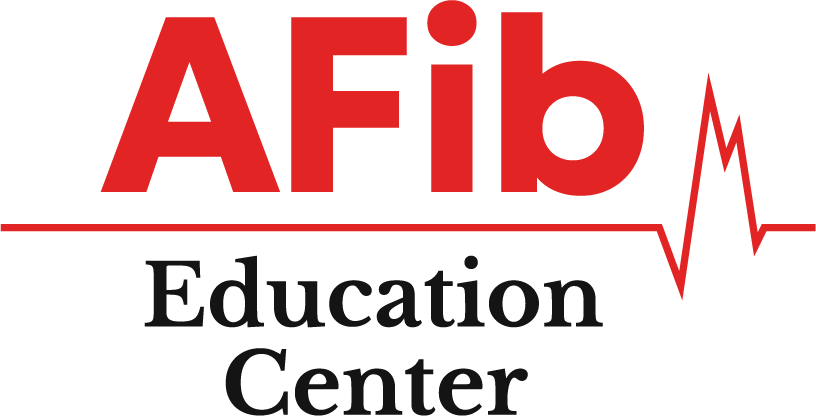Atrial Fibrillation Treatments
The videos below are listed in order to best help you through your learning.
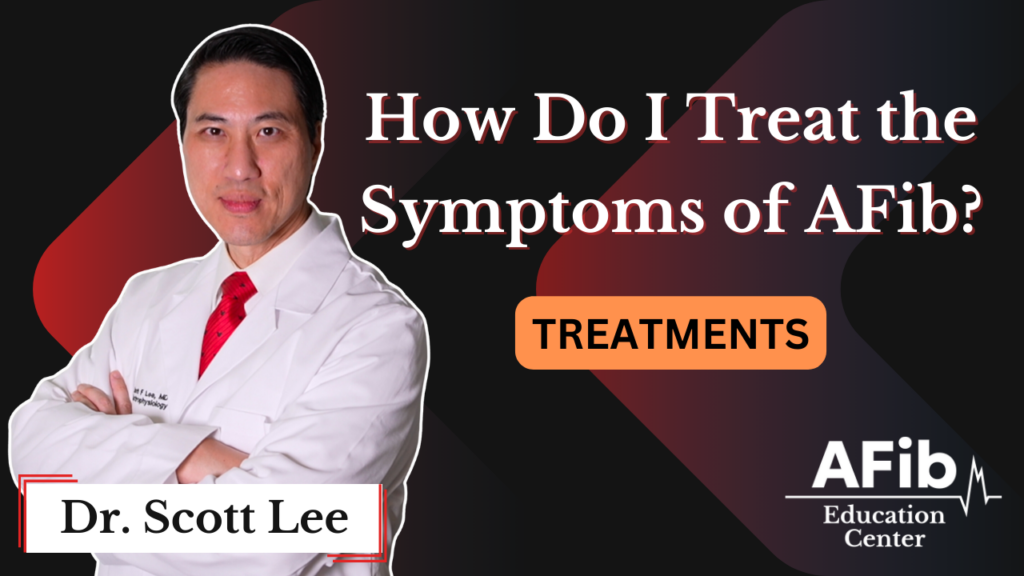
#1
In this video, we explore various ways to treat the symptoms of atrial fibrillation (AFib), focusing on managing rapid heart rates and improving quality of life. Learn about the different treatment options, their benefits, and potential risks.

#2
In this video, we explain the concept of rate controlling medications for managing the symptoms of atrial fibrillation (AFib). These medications help slow down the heart rate, making symptoms more tolerable and improving the quality of life for those with AFib.

#3
In this video, we explore the use of antiarrhythmic medications to manage atrial fibrillation (AFib). These medications aim to keep AFib episodes at bay by altering the electrical properties of the heart’s cells in order to suppress the AFib thereby providing a more effective treatment for those who need more than just rate control.
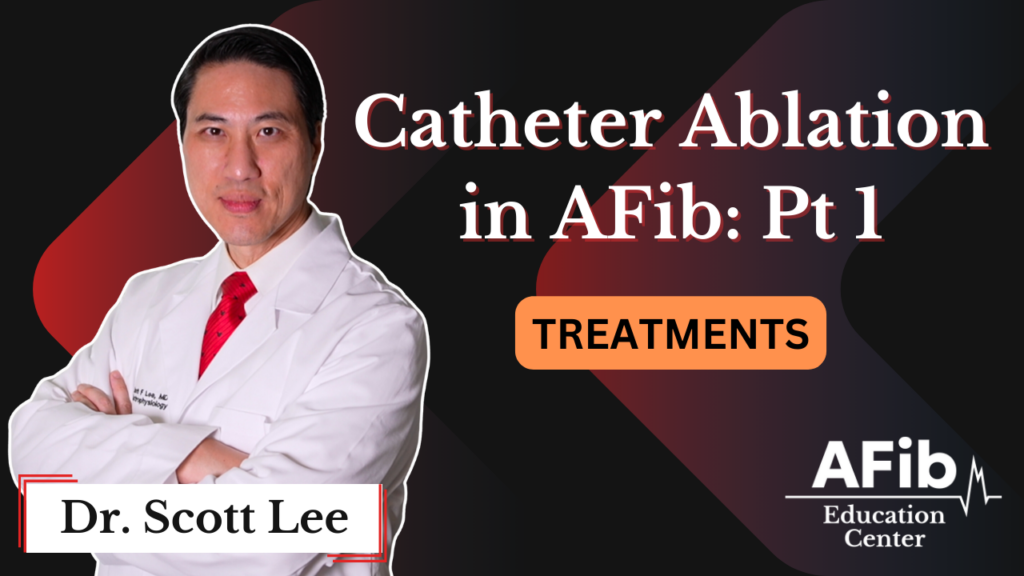
#4
In this video, we provide an in-depth overview of catheter ablation for atrial fibrillation (AFib). Learn about this advanced procedure aimed at eliminating AFib cells from the inside of the heart, offering a potentially long-lasting solution for those struggling with this condition.

#5
In this video, we delve into the risks and benefits of catheter ablation for atrial fibrillation (AFib). Discover why this procedure can be a game-changer for some patients and understand the factors that influence whether it’s the right choice for you.

#6
In this video, we explore cryoballoon ablation, a cutting-edge procedure used to treat atrial fibrillation (AFib). Discover how this technique works, its benefits, and why it might be a suitable option for some patients over others.

#7
In this video, we dive into the details of Radio Frequency (RF) Ablation for treating atrial fibrillation (AFib). Discover how this procedure works, the different energy sources used, and the advantages and challenges associated with RF ablation.
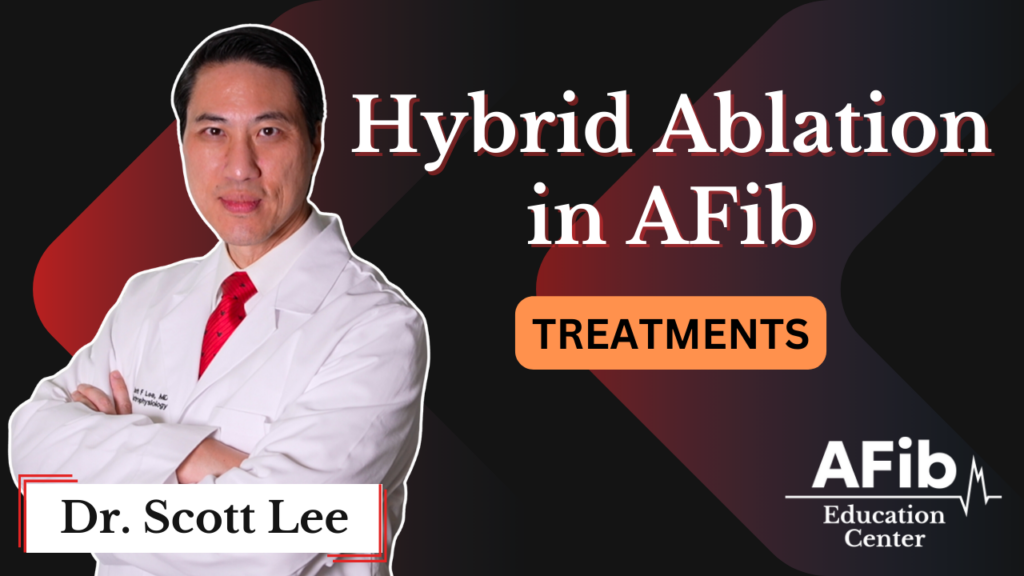
#8
In this video, we explore the hybrid ablation procedure for treating atrial fibrillation (AFib). Hybrid ablation combines surgical and catheter-based techniques to target and eliminate AFib triggers. We discuss the evolution of ablation techniques, the benefits and limitations of hybrid ablation, and how it compares to other treatment methods.

#9
In this video, we delve into the latest advancement in atrial fibrillation treatment: Pulse Field Ablation (PFA). Introduced in 2024, PFA uses electrical pulses to target and eliminate AFib cells with minimal collateral damage. We’ll discuss how this innovative technology compares to traditional methods like radiofrequency (RF) ablation and cryoablation, and its potential benefits for different stages of AFib.

#10
In this video, Dr. Scott Lee explores the various ablation techniques used to treat atrial fibrillation (AFib). Understanding the anatomy of the heart and the progression stages of AFib is crucial for determining the most effective treatment approach. Learn about the different methods, energy sources, and strategies used in ablation procedures, and discover how the stage of your AFib impacts the success of these treatments.

#11
Join Dr. Scott Lee as he delves into the advanced ablation techniques used to treat atrial fibrillation (AFib) in this comprehensive video. Building on the foundation from Part I, this video explores the more complex and effective strategies for treating AFib, especially in its later stages. Discover the differences between various surgical and non-surgical approaches, and understand how these methods can significantly improve outcomes for patients with advanced AFib.

#12
In this video, Dr. Scott Lee discusses the critical differences between functional and anatomic approaches to ablation techniques in treating atrial fibrillation (AFib). Learn how the strategy and method used can significantly impact the success rates of ablation procedures, especially in advanced stages of AFib. This in-depth analysis will help you understand why some approaches may work better for certain patients and the importance of tailoring the treatment to the individual’s specific condition.
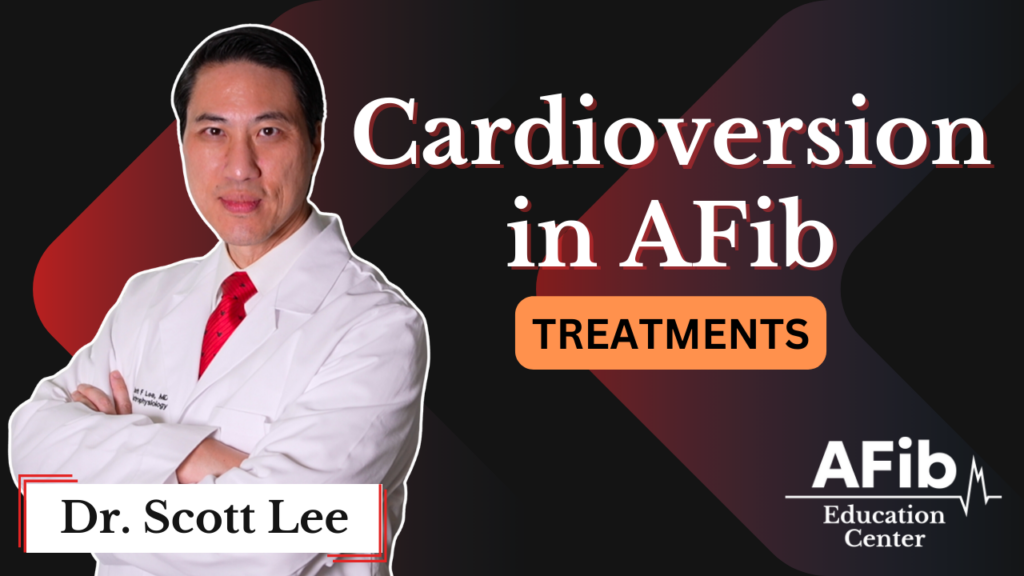
#13
In this video, we explain what cardioversion, or electrical shock therapy, is for treating atrial fibrillation (AFib). Many patients ask if a simple shock can cure their AFib, and while cardioversion can temporarily restore normal rhythm, it’s not a long-term solution. Learn why cardioversion is used, how it works, and what you can expect from this procedure.
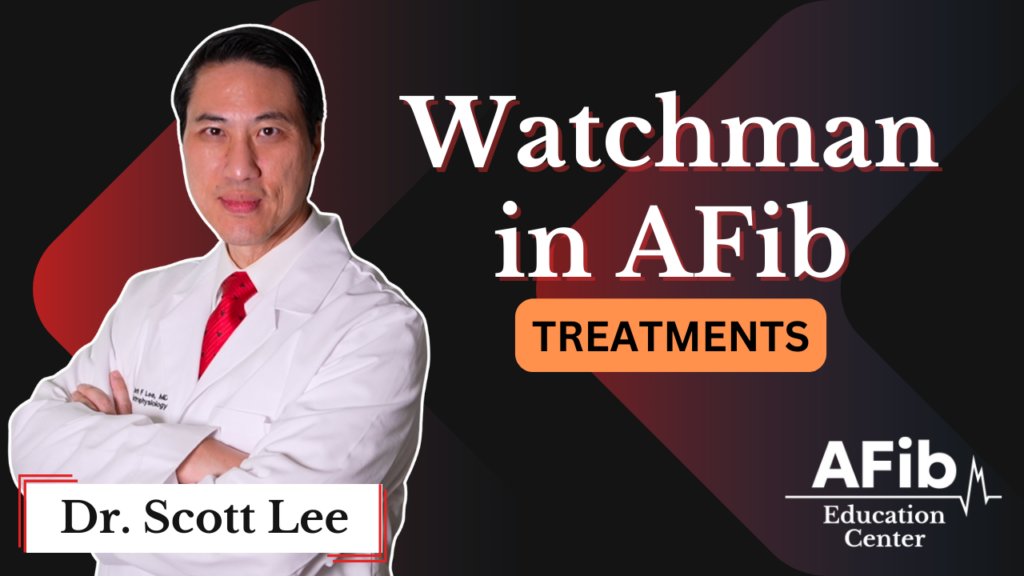
#14
In this video, Dr. Scott Lee explains what a Watchman device is and how it helps reduce the risk of clots and strokes in patients with atrial fibrillation (AFib). Discover how this device offers an alternative to blood thinners for those who cannot tolerate them, and learn about the benefits, limitations, and current recommendations for its use.

#15
In this video, we explore whether a pacemaker can be used to treat atrial fibrillation (AFib). Understand the role of pacemakers, how they work, and their effectiveness in managing AFib symptoms. Discover the scenarios where a pacemaker might be beneficial and why it may not be the first line of treatment for AFib.
